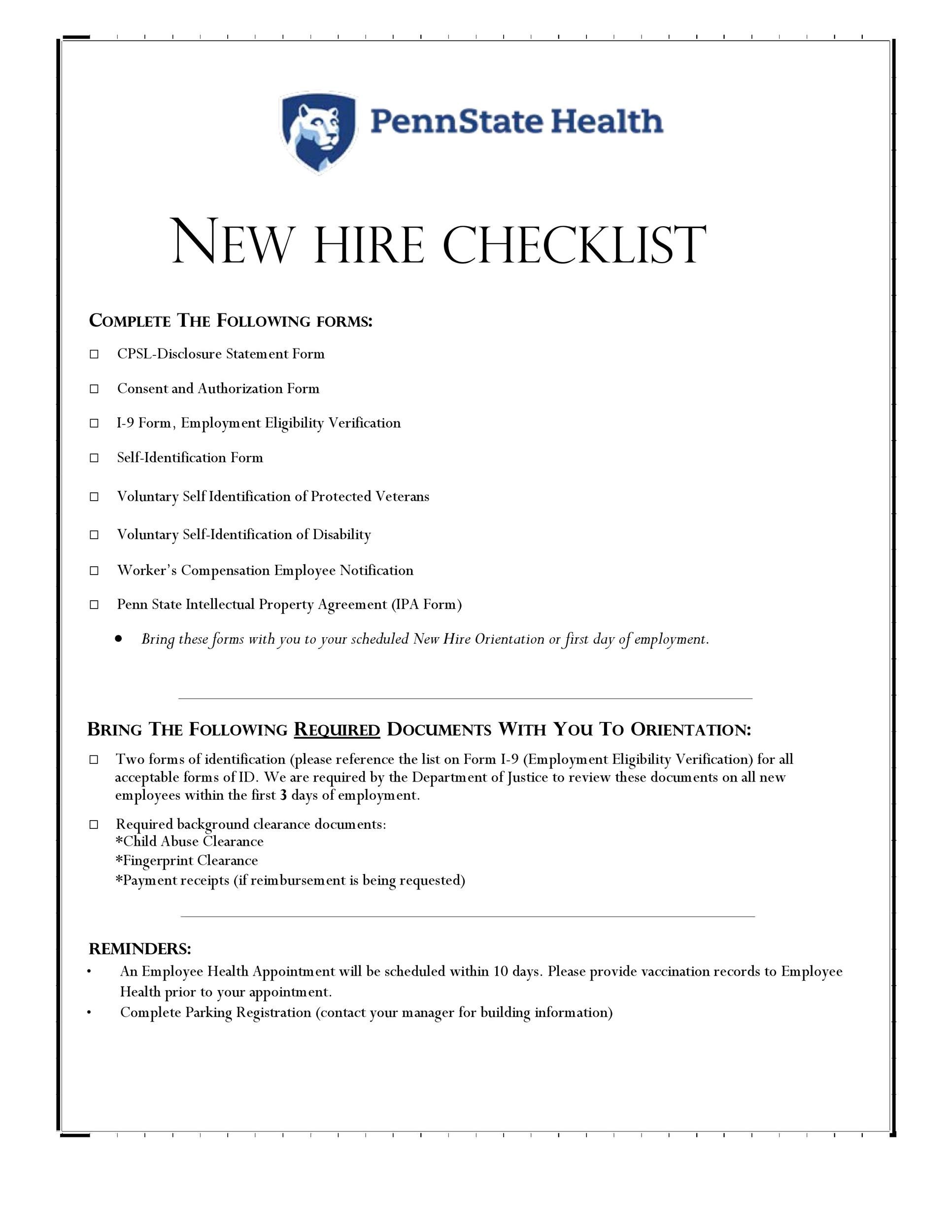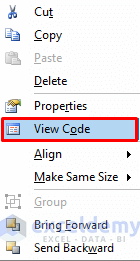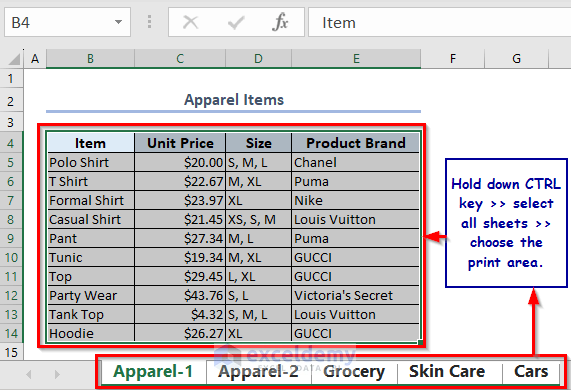5 Trust CDD Paperwork Requirements You Need to Know

Customer Due Diligence (CDD) is an essential process in financial institutions to verify the identity of customers and assess the risks associated with doing business with them. Compliance with CDD regulations is critical not only to mitigate risks like money laundering and terrorist financing but also to ensure that businesses adhere to legal standards. Here are the five key CDD paperwork requirements that financial institutions need to know:
1. Customer Identification Documents


At the core of CDD is the need to verify who your customer is. Here are the essential documents:
- Identification Document: A valid government-issued ID such as a driver’s license, passport, or national identity card. The ID must show the customer’s photo, name, date of birth, and other identifiable information.
- Proof of Address: Documents like utility bills, bank statements, or a rental agreement showing the customer’s current residential address. This document should not be older than three months.
- Business Registration Documents: If the customer is a business, documents proving its legal existence, such as incorporation certificates, business licenses, or articles of association.
📝 Note: Always ensure the documents are recent and match the customer’s current identity and address. Use electronic verification where possible to speed up the process.
2. Source of Wealth and Funds

Understanding the origins of a customer’s wealth and funds is crucial for risk assessment:
- Source of Wealth: Documents or statements explaining how the customer has amassed their wealth. This could include inheritance, income from employment, sales of property, etc.
- Source of Funds: This focuses on where the specific funds that are being deposited or invested come from. Documentation might include bank statements, salary slips, or legal documents like contracts.
💡 Note: Financial institutions often face challenges here, especially when dealing with high-risk customers or foreign nationals. Enhanced Due Diligence (EDD) might be required in such cases.
3. Ownership and Control Structure

For businesses or legal entities:
- Ownership Details: Documented information about shareholders or beneficial owners, including their ownership stakes.
- Control Structure: A clear diagram or description of how the company is managed, who has control, and any nominee or trust arrangements.
| Document Type | Purpose |
|---|---|
| Articles of Association | To understand the governance and operational framework of the company. |
| Organizational Chart | To depict the hierarchy and control within the business. |
| Shareholder Agreement | To outline share ownership and transfer rights. |

4. Risk Assessment and Profiling

After collecting the basic identification documents, a risk assessment is necessary:
- Risk Profile: Based on the nature of business, geographical presence, customer behavior, etc.
- PEP Screening: Politically Exposed Persons (PEPs) are subject to higher scrutiny due to their potential for corruption. Documents might include politically exposed persons declaration forms or screenings from recognized databases.
- Sanctions Lists: Screening against international and national sanctions lists to ensure compliance with embargoes and trade restrictions.
📝 Note: Risk profiling should be dynamic, reviewed periodically to reflect any changes in customer behavior or external factors.
5. Transaction Monitoring

CDD is not a one-time event; it includes ongoing monitoring:
- Transaction Records: Documented records of all customer transactions for audit purposes.
- Activity Reports: Reports generated by monitoring systems to flag any unusual or suspicious activities.
The purpose here is to ensure that the customer’s behavior aligns with their declared financial activities and to detect any potential misuse of the account for illicit activities.
Wrapping Up

In this review, we’ve covered the fundamental CDD paperwork requirements that every financial institution must collect to comply with legal standards and minimize financial risk. From identifying customers with valid documents to understanding their financial background, each step in the CDD process is crucial. These requirements not only help in preventing financial crimes but also foster trust and transparency between financial institutions and their customers. Implementing these practices ensures a secure and ethical financial environment, protecting both the business and the customer from potential legal and reputational damage.
What is the purpose of Customer Due Diligence?

+
The purpose of CDD is to verify the identity of clients, assess the risk associated with them, and ensure compliance with anti-money laundering (AML) laws, ultimately to prevent financial crimes.
How often should CDD be conducted?

+
CDD should be conducted at the time of customer onboarding, periodically throughout the relationship, and when there are significant changes in the customer’s profile or behavior.
What are the consequences of not performing CDD?

+
Failure to perform CDD can lead to hefty fines, legal action, reputational damage, and increased risk of being involved in or facilitating financial crimes like money laundering.



